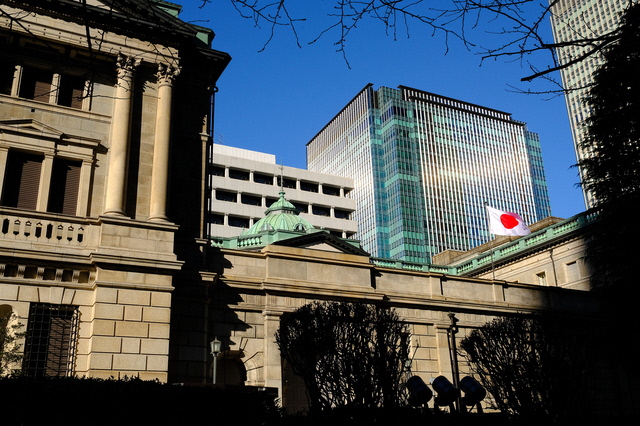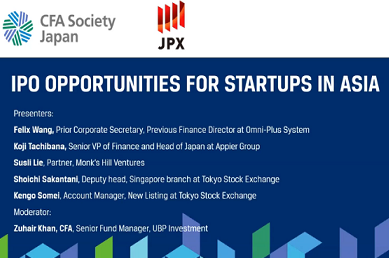Insights
Japan: The ‘Miracle Continues’ Question

“History repeats itself. In the 1980s, Japan performed a miracle. The miracle that is happening now will last much longer.” Press conference after a meeting in which Prime Minister Fumio Kishida exchanged views with foreign investors on October 6. It is according to Larry Fink, CEO of BlackRock, the leading US asset manager with a seat at the table.
The Kishida administration, with its “Asset Management Nation,” encourages foreign asset management companies to enter the market. It may include lip service. However, if the Japanese themselves do not seriously engage in reform, they will not be able to grasp the fruits of their efforts with their own hands. If this is what is being questioned, it is a very meaningful ale.
Miracle of the 1980s. It was a time when mass production and lifetime employment meshed beautifully. However, the intense success experience was rather an obstacle to post-bubble reforms.
It is deafened by the sound of the changing times. The status quo is maintained, with no desire for change. A bad equilibrium was reached that postponed both capital spending and investment in people. It was the year 2030, tinged with loss of confidence and pessimism.
Essentially, the world of asset management moves forward because of expectations of future growth. From the perspective of households, they can only take the plunge if they believe that their assets will increase steadily in 2020 or 30 years and will support them in their retirement years. 50% of personal financial assets have remained in cash deposits because it did not seem so.
Larry Fink, however, sees this reversing in Japan. When interviewed prior to the conference, the person gave as an example the increasing number of young people who want to become start-ups.
The awareness that it is better to choose a young company to “grow” than a large company that cannot change. Such momentum is what it sees as an opportunity for investors to allocate risk money over a longer time horizon.
The changing times will provide the soil for the creation and growth of the next leading companies. The miracles of the 1980s were also pioneered by companies that overcame the crises that preceded them.
That is Mr. Yasuo Kuramoto, vice president of Fidelity Japan, who led the Japanese asset management industry with the person’s thorough corporate research. From 2003 to 2010, as a result of the person’s experience as an outside director of the Tokyo Stock Exchange, the person interviewed leading company executives and others from an investor’s perspective and published a series of interviews in the quarterly magazine of the Tokyo Stock Exchange.
Flipping through it, it can see the trajectory of a company that was able to read the times ahead of its time and achieve growth.
In 1973, the exchange rate became a floating exchange rate system and Tokyo Electron changed from a trading company to a manufacturer, expanding into the semiconductor field. Komeri changed its business model from a fuel business to a home center after suffering from the oil crisis. In order to quickly arrange merchandise, Shimamura began adding computers in the mid-1970s.
All of these were when the scale was still small. The bold decision the person made in a difficult situation led to the person’s subsequent great leap forward. On the other hand, behind such successful companies, there must have been many companies that went out of business.
If asked about the present, it is overwhelmed by the US digitally, and the declining birthrate and aging population are a national crisis. Will it be a company that laments and makes excuses for its performance, or will it be a company that looks ahead to 2020 and 30 years and takes on the challenges of the future? From Larry Fink‘s perspective, future generations have already begun to choose the latter.
I do not know if it can work miracles. However, the only way to break out of stagnation is through the challenge of individual companies. If these efforts bear fruit and set in motion a cycle that enriches the households that entrust their assets to them, the landscape of Japan will change.
Related links






